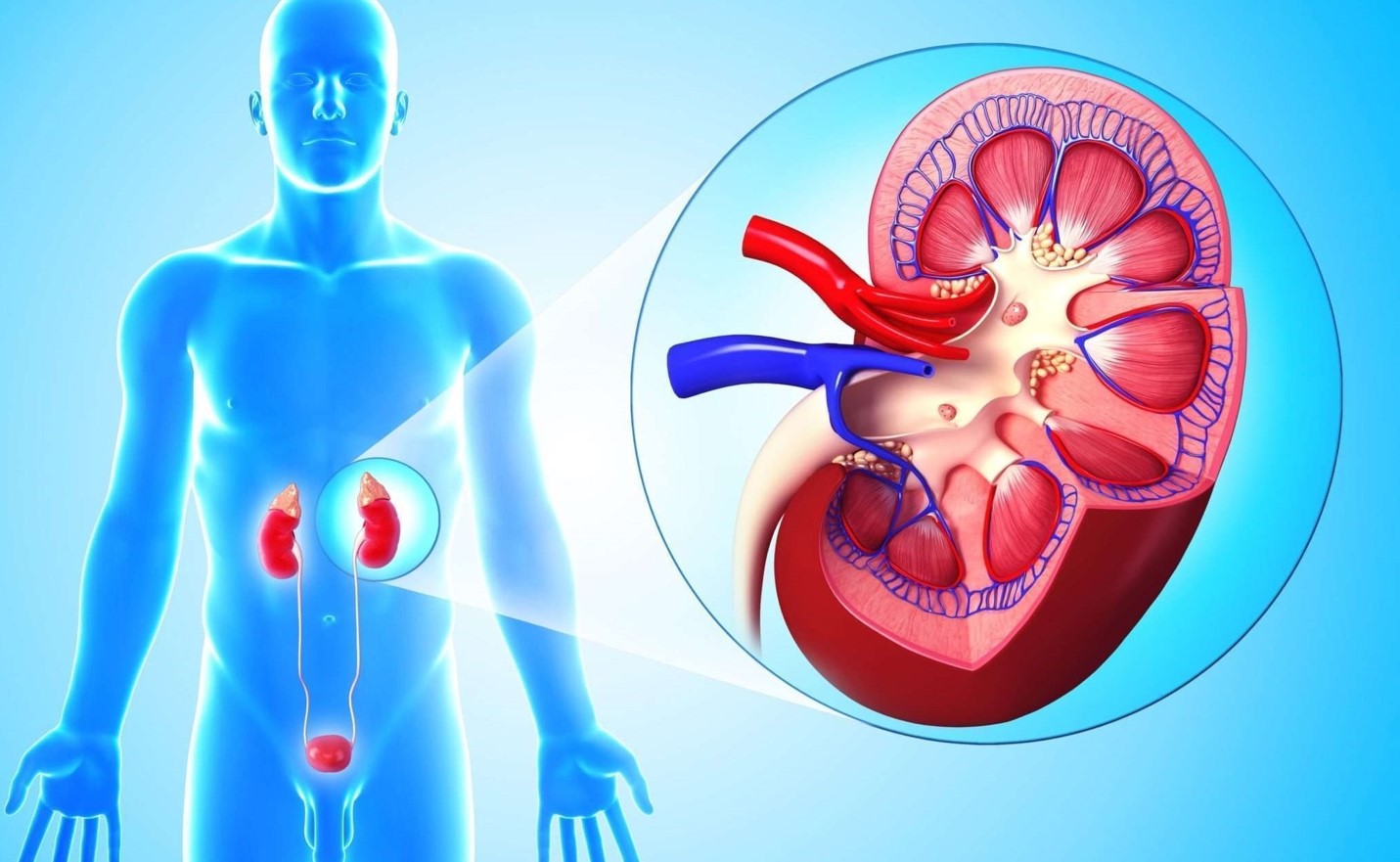Manager’s syndrome is a state of emotional, mental exhaustion, physical fatigue resulting from chronic stress at work. In the literature, there are other definitions of such states: “burnout syndrome”, “mental burnout syndrome”, “information neurosis”, “professional deformation”, etc.
The WHO European Conference (2005) noted that work-related stress is an important issue for about one third of workers in the European Union. In the International Classification of Diseases, burnout syndrome is classified under the heading: “Stress associated with the difficulty of maintaining a normal lifestyle.”
American psychologist and psychiatrist Freudenberger H. J. in 1974 described the phenomenon of exhaustion, loss of motivation and responsibility and called it burnout. According to TV Formanyuk, burnout syndrome is “a specific type of occupational disease of persons working with people.” Recent years have shown that the “manager’s syndrome” develops not only among managers, that is, top and middle managers who communicate with clients by their type of activity, but also among people working in other professions. According to VV Boyko, emotional burnout is “a mechanism of psychological defense developed by a person in the form of complete or partial exclusion of emotions (lowering their energy) in response to selected traumatic influences.”
Professional development of a personality is usually understood as growth, formation, integration in professional activity of personal qualities and abilities, professional knowledge and skills.
V.A. Bodrov identifies the main characteristics that ensure the professional suitability of a person:
Professional motivation as an incentive activity to meet the entire spectrum of human needs (from biological to personal maturity (self-actualization, self-improvement).
General and professional preparedness necessary for activities in typical and emergency situations.
The level of functional readiness and reserves of the body for labor activity (development of analyzers and physical qualities).
The state of individual psychological functions of the body (temperament, psychomotor skills, cognitive processes, emotional and volitional personality traits).
The regressive, descending line of professional development also presupposes patterns that can be designated as professional managerial deformation. In these cases, a violation of the mechanism of accumulation of the manager’s psychological experience is possible: the accumulation of knowledge about subordinates slows down, their experience is not sufficiently taken into account, the preservation of information is disrupted, the behavior is planned without sufficient consideration of development prospects. Associated with this are egocentrism, the desire to maintain power at any cost, to surround oneself with “comfortable” people, suppression of the activity and creativity of others. Professional burnout occurs as a result of the internal accumulation of negative emotions without appropriate discharge or release from them, psychological, mental overwork.
E.F Zeer identifies the types of crises that contribute to professional destruction:
normative: age crises and crises of professional development
abnormal, critical: decreased performance, disability, unemployment, migration, divorce, etc.
neurotic: internal conflicts of the personality, its irrational tendencies, etc.
E.G. Mall highlights the prerequisites for professional recourse:
chronic lack of time
traumatic experiences, activation of immature psychological defense mechanisms
self-doubt
inadequate individual management concept
loss of feedback, loss of control over information flows in the organization
maladjustment in three forms: passive expectation of the future, predominant self-orientation (decrease in professional competence and emotional stability) and predominant orientation towards the social environment (decrease in the effectiveness of control, the adequacy of the assessment of the environment).
There are four types of personal regression:
recurrent development, i.e. repetition of progressive development in reverse order

decreased integral decision-making ability
loss of a sense of perspective in the development of production
decrease in emotional stability and a change in attitudes towards people.
Burnout syndrome manifests itself in:
a feeling of indifference, emotional exhaustion, exhaustion (a person cannot give himself up to work as it was before);
dehumanization (developing a negative attitude towards one’s colleagues and clients);
negative self-perception in a professional sense – a lack of a sense of professional excellence.
Burnout is a long-term dynamic process that occurs in several stages, so it is especially important to recognize such professional problems as early as possible. During the first three years of exposure to stress factors, the number of acute conditions and reactions increases, and then chronic diseases begin to prevail. The number of stress reactions increases on the principle of acceleration, when an already developed stress reaction leads to changes in life and new stresses.
The negative consequences of professional burnout are directly related to the preservation of physical health, mental stability, reliability and professional longevity of these specialists.
It is known that the development of burnout syndrome is preceded by a period of increased activity. During this period, a person is completely absorbed in work, forgets about his own needs, needs that are not related to it, then the first sign of emotional burnout syndrome occurs – exhaustion, which is defined as a feeling of overstrain and exhaustion of emotional and physical resources, a feeling of fatigue that does not pass after a night’s sleep.
A second hallmark of burnout syndrome is personality detachment, which burnout professionals use as an attempt to cope with emotional stressors at work. In extreme manifestations, a working person cares almost nothing about professional activity, almost nothing evokes an emotional response – neither positive nor negative. Interest in professional contacts, in patients, students, pupils is lost, they are perceived as inanimate objects, the very presence of which is sometimes unpleasant.
The third sign of burnout syndrome is a feeling of loss of one’s own effectiveness or a drop in self-esteem within the framework of burnout. People do not see further prospects for their professional activities, job satisfaction decreases, and faith in their professional capabilities is lost.
There are five key groups of symptoms.
Physical symptoms: Constant feeling of tiredness, shortness of breath, shortness of breath; nausea, fatigue, exhaustion, insomnia, dizziness, excessive sweating, trembling with fatigue.
Emotional symptoms: pessimism, cynicism and callousness in work and personal life, indifference. The patients of this group experience feelings of tension, helplessness, hopelessness, they become irritable, aggressive, anxious, and a bad mood prevails. Perhaps the emergence of experiences of inability to concentrate, feelings of guilt, loss of ideals, hopes or professional prospects, a predominance of feelings of loneliness.
Behavioral symptoms: working hours more than 45 hours a week, during the working day there is fatigue and a desire to interrupt, rest, indifference to food, little physical activity, excessive use of tobacco, alcohol, unreasonable self-medication, impulsive emotional behavior, refusal to communicate with friends and acquaintances and from other usual forms of leisure activities.
Intellectual state: a decrease in interest in new theories and ideas at work, an increase in preference for standard templates, routine, indifference to innovations, innovations, refusal to participate in developmental experiments (trainings, education), formal performance of work, restriction of the reading circle.
Social symptoms: lack of time or energy for social activity, decreased activity and interest in leisure, limited social contacts to work, poor relationships with employees, friends, family members, a feeling of isolation, lack of understanding of others and others, a feeling of lack of support from family, friends, colleagues.
A group of the most diverse psychosomatic disorders is especially distinguished – from the onset of the development of arterial hypertension to heart attacks and strokes. E. Maher in his list indicates various symptoms that can be combined into a group of addictive behavior: abuse of tea, coffee, tobacco, alcohol, drugs, as well as overeating or starvation. AR Nazmutdinov expands the list of addiction options: gambling behavior, workaholism, less often – other forms of addictions such as going to a religion or sect.
The development of burnout syndrome is primarily characteristic of professions associated with helping people. The main cause of burnout syndrome is considered to be psychological, mental overwork.
There are three main factors that play a significant role in the development of burnout syndrome: personal, role and organizational.
The personal factor unites the characteristics of the personality: emotional instability, gentleness, the ability to get carried away by obsessions, sympathize with others, fight for their interests of others, but independently experience their problems; conscientiousness raised to the absolute, excessive, painful accuracy, the desire to achieve exemplary order in any business, even to the detriment of oneself, to excel in everything, to always be in sight.
The role factor increases sharply with unclear or unevenly distributed responsibility for their professional actions, inconsistency in actions to achieve a common goal, in competition.
Organizational factor. High workload, lack of social support, ambiguous job requirements, constant risk of penalties, monotonous, monotonous and unpromising activities, the need to externally show emotions that do not correspond to realities.
Treatment and prevention of manager’s syndrome or burnout syndrome
VA Bodrov, among the stages of the formation of professional suitability, distinguishes professional rehabilitation – the restoration of the functional state of health and psyche.
Managers with an actively positive attitude toward counseling have been shown to be more effective. The most essential is consulting assistance aimed at understanding the strengths and weaknesses, opportunities, prospects for personal development. A significant role in the fight against burnout syndrome is assigned, first of all, to the patient himself: it is necessary to seek professional help when the first signs of overwork, decrease in efficiency, and disruption in communication appear. In cases of early, timely start of rehabilitation, it is possible to avoid the more severe consequences of adaptation disorders and shorten the rehabilitation period.
Symptoms included in the “manager’s syndrome” can appear in a number of other diseases (problems with the work of the heart, brain, lungs; circulatory features, infectious diseases, diseases of the gastrointestinal tract, etc.) Often, patients with similar complaints reveal painful psychotic disorders. – emotional status: asthenia, depression, neurosis and some others.

The first step in providing care is the examination of patients. In accordance with the complaints of each person who applied for the examination, doctors of different specialties are involved. As a result of the survey, the main causes and mechanisms of deterioration will be identified. Then a rehabilitation plan is drawn up.
Psychological support is central to helping managers with burnout. Types of counseling:
passive (the manager’s statement on the issues most important to him)
informing about the results of the assessment (including psychological)
analytical – search for the causes of the current situation
corrective – correction of the prevailing management styles, relationships, attitudes, stabilization of the state of the individual and official promotion, their further successful development.
In the course of a diagnostic psychological conversation, the type of crisis contributing to professional destruction is determined; preconditions for professional regression, such as personal regression, the main factors that play a significant role in the development of burnout syndrome in this case.
The psychotherapeutic approach to career counseling focuses on relieving stress, developing patterns of harmonious interpersonal communication, developing goal-setting skills, harmonizing family functioning, developing healthy lifestyle skills, and getting rid of bad habits. With high motivation for successful rehabilitation, a longer course of psychotherapy is carried out, the type and forms of which are chosen by the patient with the help of a psychotherapist
Preventive, therapeutic and rehabilitation measures should also develop the ability to remove the action of a stressful agent: relieve production stress, increase professional motivation https://en.wikipedia.org/wiki/Motivation, establish a balance between the effort expended and the result obtained. With the development of signs of burnout syndrome in a patient, it is necessary to pay attention to the improvement of his working conditions (organizational measures), the nature of interpersonal relationships in the team, the possibility of professional development.



